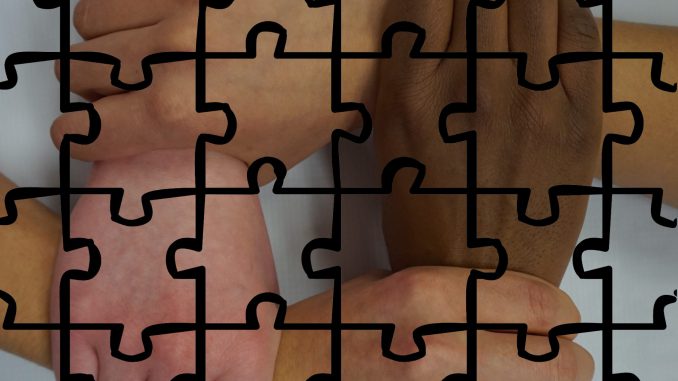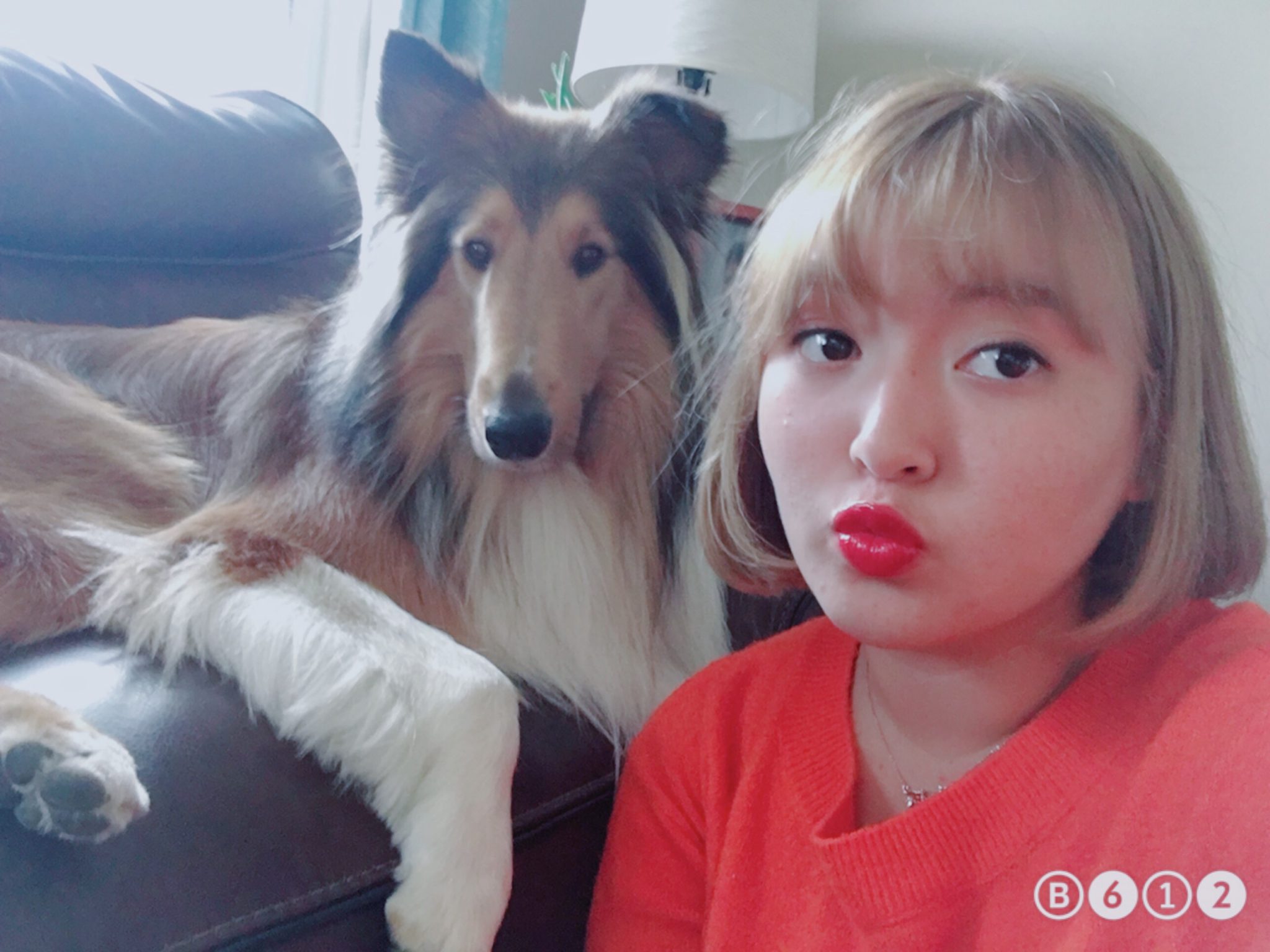
Written by Emiko Kobayashi, Copy Editor

I get the question “What are you?” every time I meet someone new. It’s a dreaded question for those who just don’t fit neatly in a box.
Some can just say they’re American, and no one gives a second thought. But sometimes that answer isn’t satisfactory and the curious will try to pry even more.
“Where are you really from?”
“Where is your family from?”
For most, the reply is a one-word answer. However, if you’re from a multiracial family, the response is more difficult.
Only since 2000 has the “choose all that apply” line appeared on the U.S. Census. Since then, the “other” box has started to appear as well in other questionnaires, giving multiracial Americans their own box to fill, instead of having to pick just one that doesn’t actually describe who they are.
In the 2010 US Census Bureau, data showed 2.9 percent of the total population self-identified as multiracial. According to a 2015 Pew Research Study, not all adults with a mixed racial background consider themselves “multiracial.” In fact, 61 percent do not, even though genetically they are of two or more ethnicities.
Still, numerous indicators point to the U.S. multiracial population growing significantly — tripling by 2060 — as the people continue to marry across racial and ethnic lines.
There is no real open dialogue of how several ethnicities work together in the lives of multiracial children and adults. There is no open conversation on how, as a mixed person, one can experience certain social difficulties that those who aren’t mixed will ever have to experience.
Why not?
We are told to pick a side. If you’re loyal to one side, you can’t be loyal to the other. Yet it’s hard to appreciate both sides of ourselves, when we’re taught that it’s out of line to do so. We feel fake, insecure, or inauthentic in certain parts of our heritage, something called “racial imposter syndrome.”
Why?
That’s the question that many have been asking. In response to the closed dialogue, university students have created mixed-race and multiracial student groups and organizations. The popularity of these groups have been on the rise since inception. These organizations give students who don’t fit neatly into just one box a place to find others with similar backgrounds and to provide them with a sense of belonging at their university and in their lives. In these groups, the question of “What are you?” really never comes up and students can exist as a whole person rather than be dissected by their racial makeup.
The question comes up again: Why must we shut down these conversations on our multifaceted identities? Why is it that we’ve been taught that our identities are shameful and we must choose just one of the many that make up ourselves?
Don’t push it to the back burner. Open up the conversation with those around you, including those who are also multiracial. Talk about it. Bring it up.
Multiracial Americans, our numbers are growing with no signs of stopping. We’re not going anywhere any time soon, so we might as well start talking about it now.
